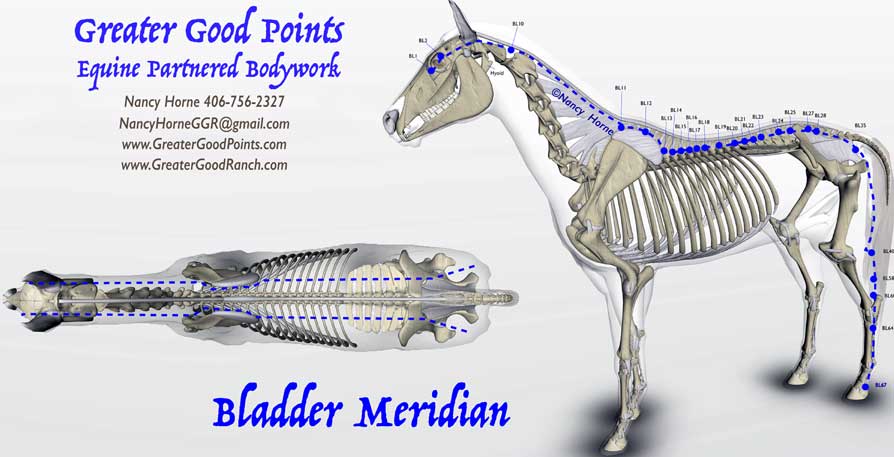It’s that time of year again…
When the weather begins to reach temperatures of 45-55 in Spring the plants, shrubs and trees begin to wake up… This means pollen will soon abound all around us along with fungus, mold and everything else that triggers Spring allergies.
Keep an eye and ear out for breathing issues – if your horses, dogs or other have a deeper sound coming from their lungs, it is time to act. Check the hay source for mold and fungus. Flick the hay – and if you see a dust cloud – beware!! This could be black mold. What happens is the hay is cut and baled. If the bale sits on the ground for any period of time, it will pick up / grow mold spores. These hibernate over the cold months and begin to proliferate with the rise in temps. While cows have 4 stomachs and digest the moldy hay, horses can not… and can restriction in the lungs, resulting in RAO which can permanently injure their ability to breathe.
http://veterinaryextension.colostate.edu/menu2/equine/treatingheaves-1.pdf
Heaves is a chronic, non-infectious airway condition of horses that also is called recurrent airway obstruction, or RAO, and was formerly known as chronic obstructive pulmonary disease or COPD. The disease occurs in horses more than 6 years of age and is the result of an allergic reaction to inhaled particles.
Once inhaled, an allergic reaction causes the small airways in lung tissue to narrow and become obstructed. A combination of three factors cause the airway obstruction: inflammation and thickening of the tissue lining the airways (bronchiolitis), constriction of the smooth muscles that surround them (bronchospasm), and accumulation of mucous in the airways.
Typically, one of the first clinical signs noted by an owner is an occasional cough. As the disease progresses the clinical signs will become more apparent and include exercise intolerance, an increased respiratory rate, nasal discharge, wheezing and flaring of the nostrils.
Due to the obstruction of the small airways, a horse with heaves works harder to pull air into and expel air from the lungs than a healthy horse. This increased respiratory work forces the horse to use its abdominal muscles during the late phase of exhalation. Over time, the additional workload results in the visible enlargement of the abdominal muscles and the formation of a heave line. With progression of the disease it becomes increasingly difficult for the affected horse to expel the air from the lungs at the end of exhalation and the lungs may remain over-inflated, which is called emphysema. If left untreated, non-reversible damage to the lung tissue may occur resulting in the permanent loss of lung function.
While there is no cure for heaves, elimination of the allergens from the affected horse’s environment often reduces or even resolves the clinical signs. The most important source for these inciting agents are hay — particularly round bale hay — and bedding, such as straw.
Horses with heaves ideally should be at pasture with fresh grass as the source of roughage, supplemented with pelleted feed. If horses must be stalled they should be maintained in a clean, controlled environment and fed a dust free diet (for instance, a complete pelleted feed) to minimize dust exposure. Although a common practice, soaking the hay in water prior to feeding is often not sufficient to control clinical signs in highly sensitive horses.
Decreasing dust exposure does not only encompass eliminating hay and straw from the horse’s stall, but also requires the careful evaluation of the animal’s environment, stable management practices, and stable design and ventilation. While horses with heaves are not allergic to outdoor dust, for example road dust, their airways are hyperreactive to nonspecific stimuli. Therefore, horses with airway inflammation should not be kept near a dry, dusty road or paddock.
When horses suffering from heaves have respiratory difficulties, medical treatment is required. Minimizing environmental allergen exposure along with change in environment will provide prolonged benefits.Recently, aerosolized corticosteroids and bronchodilators administered through special devices have also become available for the treatment of heaves in horses.
Long-term, the course of the disease depends largely on the effort that is put into improving the air quality of the environment in which the horse is kept. While there is no permanent cure of the disease, complete or near complete recovery from the clinical signs may be achieved with appropriate management.
—
In summary, create a dust free, mold free and pollen free environment, listen for labored breathing and build up their immunity via supplements like astragalus, Reishi Mushrooms, Ashwagandha extract, detox their livers via milk thistle and research thoroughly what you options are based on symptoms.
Skin issues are a result of clogged lymph systems, and organs not functioning optimally. Other than supplements, there are meridians and acupoints that can be activated to get the body working in optimal condition.
Running your hand along the Bladder Meridian on your horse and dog, accesses every organ through association points. This will help your horses and dogs system run optimally.
